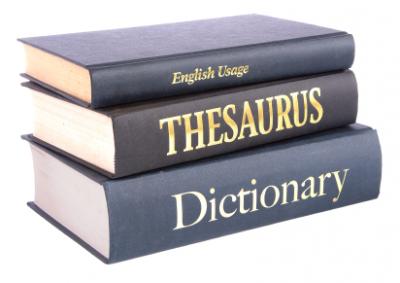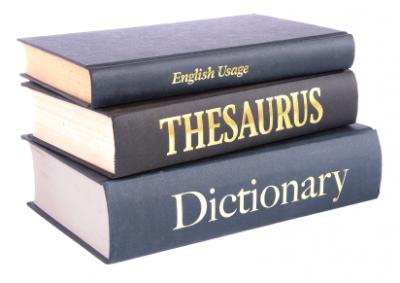
No matter where I go I am always amazed at how many times the words calibration and verification are misused. I often hear statements like, “The instrument doesn’t need to be calibrated, the accuracy just needs to be verified,” or, “The instrument needs to be calibrated to make the measurements more accurate” To many people, the act of calibrating something implies that some adjustment is being made. Actually, the internationally accepted definition of calibration is quite different.
The International Vocabulary of Metrology — Basic and general concepts and associated terms (VIM), JCGM 200, 3rd edition, defines calibration as an operation that:
…under specified conditions, in a first step, establishes a relation between the quantity values with measurement uncertainties provided by measurement standards and corresponding indications with associated measurement uncertainties and, in a second step, uses this information to establish a relation for obtaining a measurement result from an indication
As can be seen by the definition, calibration is the act of comparing values indicated by a standard of known accuracy to corresponding values indicated by the item being calibrated. Nowhere in this definition is adjustment mentioned. In fact, the VIM goes on to state that, “Calibration should not be confused with adjustment of a measuring system, often mistakenly called “self calibration”, nor with verification of calibration.” Verification — a word often misused as a synonym for calibration — is reserved for those activities providing confirmation that an item meets specified requirements. A table listing the calibration status of instrumentation would, for example, be considered a verification of calibration whereas the act of placing a standard mass on an analytical balance to determine the accuracy of the balance would be considered a calibration.
So, if calibration does not involve adjustment, what then is adjustment? Adjustment is just one of many possible corrective actions taken to correct a deficiency in the accuracy of a calibrated instrument. Other corrective actions include application of correction factors, re-assigning a quantity value, or replacement of the inaccurate item. The key term to keep in mind here is corrective action. While some calibrations require a corrective action to restore instrument accuracy, others calibrations do not. Regardless of whether or not a corrective action is taken, if a measured quantity is compared to a quantity of known value, a calibration is being performed.

